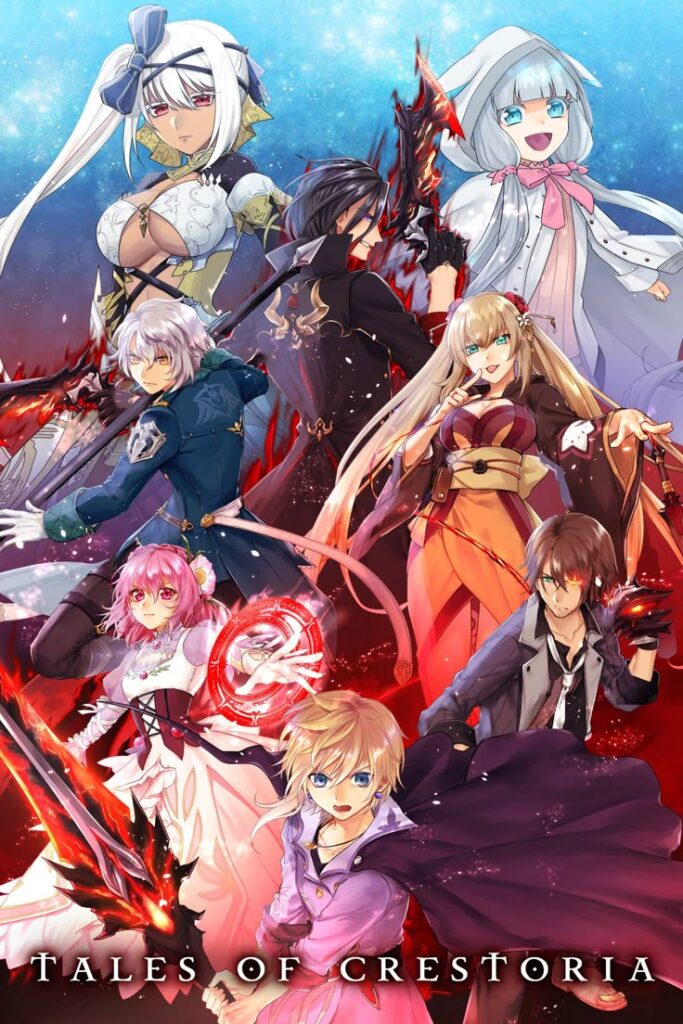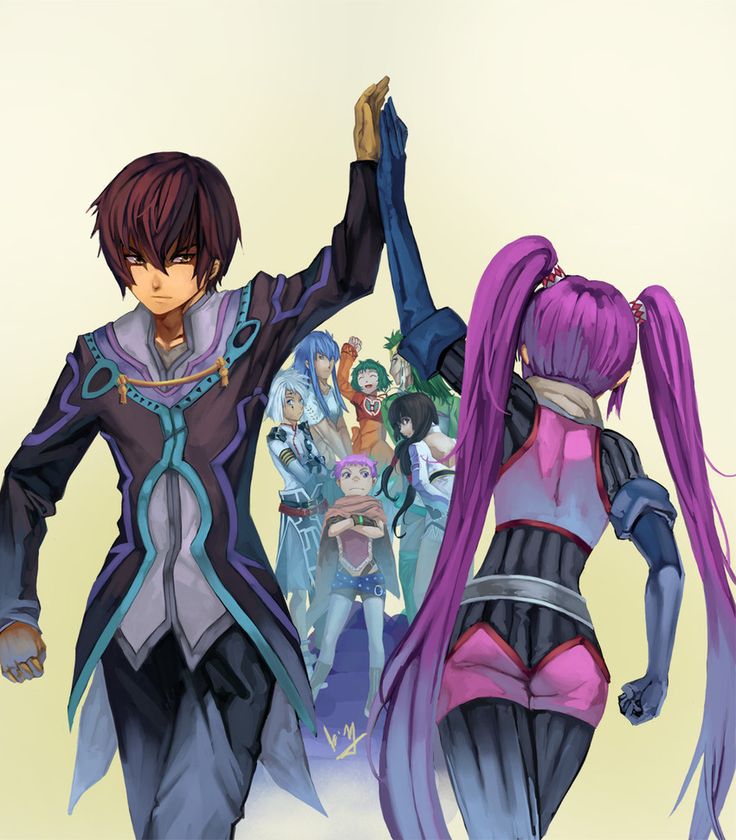Introduction
Corruption is a widespread issue. It affects many aspects of society. It often appears in politics, business, law, and everyday life. This theme has been explored throughout history. It appears in books, films, and art. One way corruption is depicted is through “corruption: obscene tales.” These tales focus on the dark consequences of power, greed, and moral decay.
In these stories, corruption is more than just a societal issue. It is shown in its most vivid, disturbing, and raw form. Corruption: obscene tales refers to stories that expose the ugly realities of corrupted individuals or systems. These tales often feature morally complex characters. They may either succumb to or become deeply entangled in corruption. Through these narratives, the audience confronts uncomfortable truths about power, greed, and human nature.
In this article, we will explore corruption: obscene tales. We will examine how it highlights the dark side of power. It also shows the consequences of immoral actions. These tales reveal the deep-rooted societal flaws that allow corruption to thrive. We will discuss their impact and significance in contemporary society. Finally, we will explore why these narratives resonate with readers and viewers alike.
The Power of Corruption in Obscene Tales
Corruption is often linked to the abuse of power. People in authority can manipulate their roles for personal gain. This includes politicians, corporate executives, and law enforcement officers. Their actions can lead to a series of unethical and harmful events.Corruption: obscene tales focus on this aspect. They use exaggerated and extreme examples to show the impact of unchecked power.
In these stories, corruption is not just a backdrop. It is central to the narrative. The protagonist or antagonist is often deeply involved in the corrupt system. They are forced to make choices that challenge their morality. These choices are influenced by external pressures. Greed, survival, or the desire for control shape these decisions. Ultimately, these choices lead to self-destruction or the destruction of others.
Exploring Power Dynamics
One of the most significant aspects of corruption: obscene tales is the exploration of power dynamics. Power, when misused, can create a toxic environment where those at the top exploit those at the bottom. These stories are filled with manipulative individuals who rise to power through deceit, coercion, and exploitation. Their actions highlight how power can corrupt even the most idealistic individuals, changing their values and attitudes in dangerous ways.
In many corruption: obscene tales, characters start with noble intentions. They gradually get seduced by the power and wealth that corruption brings. As they get deeper into the corrupt system, they become more ruthless. They also become more morally compromised. They make decisions that harm those around them.
This gradual transformation is key in these tales. It shows that corruption is not just an external force. It also takes root within individuals. Corruption changes their behavior and worldview. These tales often force readers or viewers to reflect. They see how easily anyone can fall prey to the temptations of power. They highlight the fragility of human morals when faced with overwhelming greed.
The Dehumanizing Effect of Corruption
Another powerful theme in corruption: obscene tales is the dehumanizing effect of corruption. As characters dive deeper into corrupt practices, they lose their sense of empathy, compassion, and moral integrity. The individuals they once cared about, whether family members, friends, or colleagues, become mere obstacles to achieving their goals. This transformation from compassionate individuals to cold, calculating figures illustrates how corruption strips away one’s humanity.
The effect of corruption is also visible in the lives of the people who are affected by it. In these tales, corruption often harms the most vulnerable members of society. The poor, the disenfranchised, and the powerless bear the brunt of the consequences, highlighting how corruption perpetuates inequality and injustice. This stark portrayal of social disparity makes the message of corruption: obscene tales even more poignant and resonant with audiences.
Morality and Consequences
In the world of corruption and obscene tales, there are always consequences for immoral actions. These tales show how corruption can lead to temporary success, wealth, or power. However, they also highlight the inevitable downfall that follows. The characters who engage in corruption often get trapped in a vicious cycle. They face deceit and betrayal. They are unable to escape the consequences of their actions.
This moral lesson is central to these stories. They remind audiences that corruption may offer short-term gains. Ultimately, it leads to destruction. This destruction affects both the individual and the society they manipulate. Corruption: obscene tales are cautionary tales that illustrate the dangers of moral compromise and the importance of integrity.
The Appeal of Obscene Tales in Popular Culture
The themes of corruption and power in corruption: obscene tales have made them popular in various media, including books, films, television series, and video games. These narratives tap into deep-seated fears and anxieties about the abuse of power, the fragility of moral values, and the potential for individuals to become corrupted by greed.
In Literature
In literature, the theme of corruption has been explored for centuries. Classic works like George Orwell’s Animal Farm and William Golding’s Lord of the Flies show how power can corrupt, leading to social order and morality breakdown. These works explore the dark side of human nature and the consequences of unchecked power, making them powerful examples of corruption: obscene tales.
Modern literature continues to explore this theme, with books like The Godfather by Mario Puzo and House of Cards by Michael Dobbs exploring the machinations of corrupt individuals who manipulate those around them for personal gain. These stories continue to resonate because they reveal uncomfortable truths about the abuse of power and the lengths people will go to maintain it.
In Film and Television
In film and television, corruption: obscene tales have been a staple of crime dramas, political thrillers, and dystopian narratives. Movies like Scarface and The Godfather series and TV shows like Breaking Bad and House of Cards delve deep into the dark side of power and corruption. These stories portray the transformation of ordinary individuals into morally bankrupt figures who will stop at nothing to achieve their goals.
The allure of these tales lies in their ability to show the complexities of human nature. Viewers are often drawn to the characters who, while morally flawed, possess traits they can relate to, such as ambition, love, or loyalty. These characters’ journeys are often tragic and captivating, emotionally engaging the stories.
In Video Games
The theme of corruption is also prevalent in video games, where players often control characters who must navigate morally complex worlds. Games like Grand Theft Auto, Max Payne, and The Witcher explore the impact of power, greed, and corruption on the individual and society. These games allow players to make decisions that affect the course of the story, often forcing them to confront moral dilemmas and face the consequences of their actions.
Why Corruption: Obscene Tales Matter Today
The continued popularity of corruption: obscene tales can be attributed to their relevance today. In an age where political scandals, corporate malfeasance, and social injustices are regularly reported in the media, these stories provide a lens through which we can examine the flaws in our society. They challenge us to confront uncomfortable truths about the systems of power that govern our lives and the individuals who exploit them for personal gain.
Moreover, these narratives allow audiences to explore complex moral questions in a safe and controlled environment. They invite us to ask questions about human nature, morality, and power limits, helping us better understand the world around us.

Conclusion
Corruption: obscene tales are more than just dark stories about immoral behavior. They are powerful narratives that delve into the human condition, exploring the effects of power, greed, and corruption on individuals and society. By exposing the ugly realities of corruption, these tales serve as cautionary reminders of the dangers of unchecked power and the importance of maintaining moral integrity.
Whether through literature, film, television, or video games, corruption: obscene tales continue to captivate audiences by offering entertainment and valuable insights into the complexities of human behavior. As long as power and greed remain central themes in our world, these dark narratives will continue to resonate with us, urging us to reflect on the consequences of our actions and societies.
FAQs
Q: What are the key themes in corruption: obscene tales?
A: The key themes in corruption are obscene tales, which include the abuse of power, moral decay, the consequences of immoral actions, and the social injustices that arise from corruption.
Q: How do corruption: obscene tales affect their audiences?
A: These tales make audiences reflect on the dark side of human nature and the consequences of unchecked power, offering entertainment and moral lessons about integrity and the dangers of corruption.
Q: Why are corruption obscene tales so appealing?
A: These tales appeal because they tap into real-world concerns about corruption in politics, business, and society. They provide a cathartic experience by exploring the complexities of power, greed, and moral failure.
Q: Are corruption-obscene tales always about villains?
A: Not necessarily. While many corruption obscene tales focus on morally compromised characters, they also explore how even well-meaning individuals can become corrupted by power, offering a nuanced view of human nature.
Q: Can corruption: obscene tales offer solutions to real-world issues?
A: While corruption obscene tales are primarily meant to entertain, they also serve as a form of social commentary, highlighting the flaws in power systems and urging society to address corruption and inequality.
Explore more: hadokin










